
For anyone, feeling trapped in a mundane routine can be one of the heaviest things to carry about. There are times when your strongest need is to break free (not to mention do away with filing mountains + tedious waits).
What if there were places where the usual immigration hurdles didn’t exist? Destinations that welcome you as easily as returning home, offering fresh starts, new adventures, and the chance to embrace life on your terms?
This list uncovers hidden gems and unique territories where freedom to live, work, and thrive comes without the usual hassle. Ready to explore the world’s easiest escapes? Let’s dive in.
1. Puerto Rico
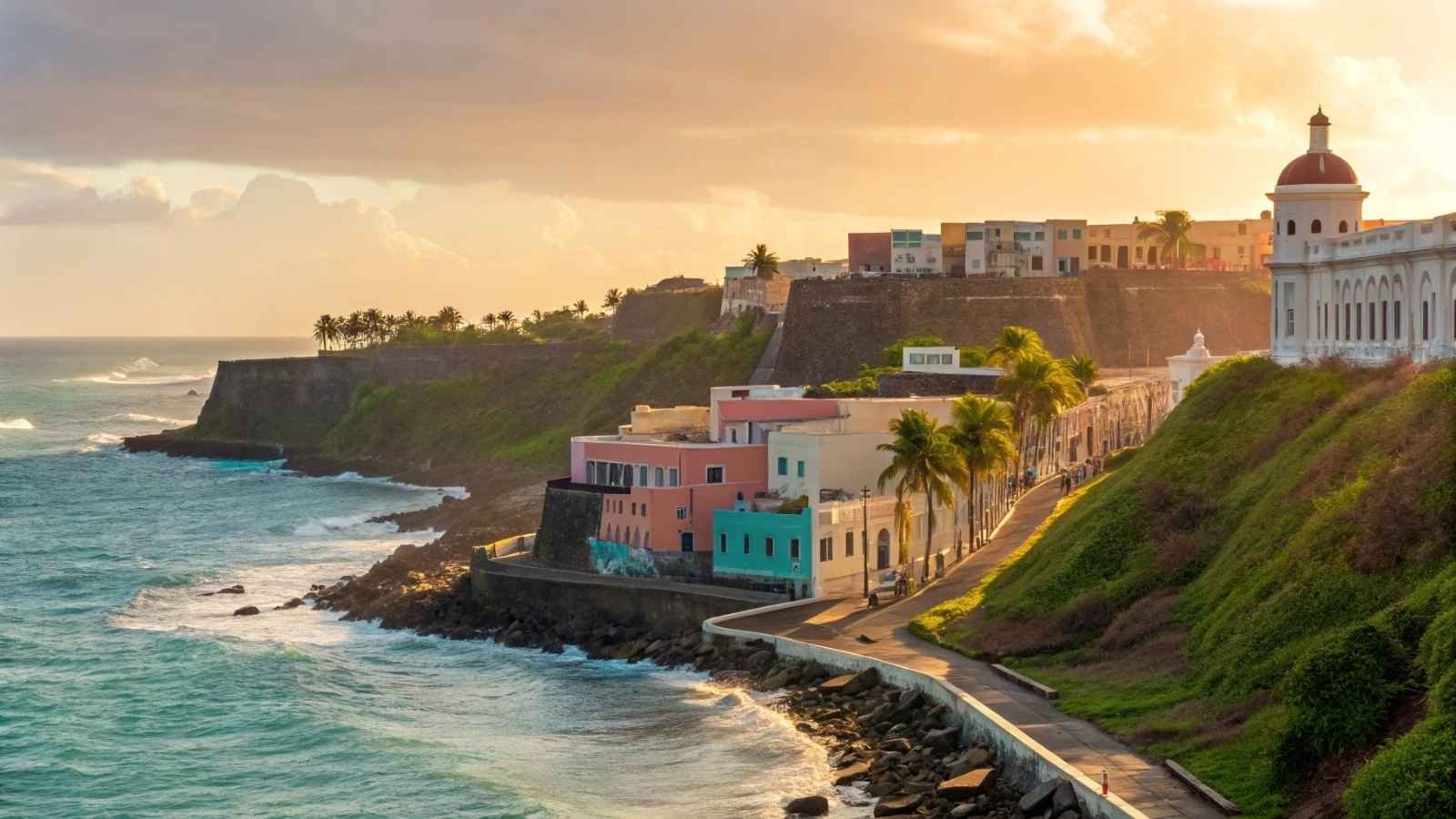
Moving to Puerto Rico is almost like you are moving to an island appendage of the U. S. instead of another country. Living, working, and retiring in this unincorporated U.S. territory without a passport means Americans can do so freely without a visa or work permit. A juicy blend of Caribbean Spanish and American conveniences that is no more your mom’s kitchen (although not less intoxicating either)
Puerto Rico is unique for its many landscapes, such as Old San Juan, the cobblestone street, of course, and into El Yunque rainforest or Rincón, with a beachy vibe. It’s generally cheaper to live in Puerto Rico than in many parts of the mainland U.S., provided you move out of any major urban areas. Plus, U.S. currency, postal services, and phone plans all work seamlessly here.
Puerto Rico also offers major tax incentives under Acts 60 (formerly Acts 20 and 22) for those looking to invest or start a business. That said, while English is widely spoken, learning a bit of Spanish will smooth your transition into the community.
Good to know:
- Best Months to Visit: December to April (dry season)
- Languages: Spanish (primary), English (widely understood)
- Cost of Living: ~20–30% lower than most U.S. states
- Healthcare: Public and private options; U.S.-based insurance is often accepted
- Getting There: Frequent direct flights from major U.S. cities
2. U.S. Virgin Islands
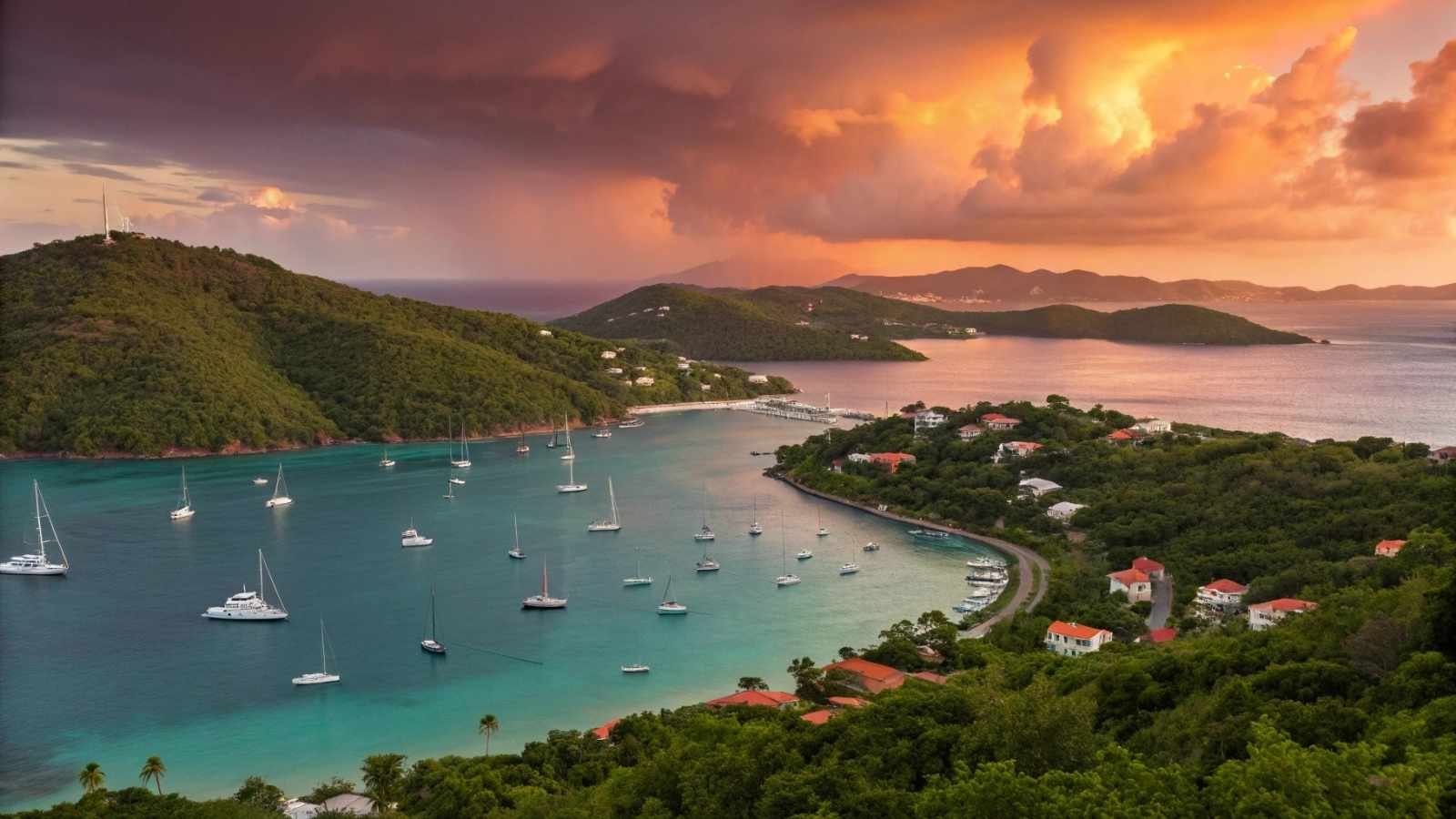
The U.S. Virgin Islands—St. Thomas, St. John, and St. Croix offer a laid-back Caribbean lifestyle with none of the red tape usually tied to international relocation. As with Puerto Rico, no passport is required for U.S. citizens, and moving here is as simple as booking a one-way ticket.
Each island is distinctive: St. Thomas is teeming and cosmopolitan, St. John is the more tranquil (mostly national park) side of island living, St. Croix is slower paced/back to basics, and has a farm on every corner. It is heaven for retirees and remote workers alike, combined with the beach culture, gorgeous landscapes, and friendly locals.
U.S. laws apply, but there are special tax considerations for residents and businesses through the Economic Development Commission (EDC). Internet access is solid, and local entrepreneurship is on the rise, especially in tourism, tech, and small-scale agriculture.
Good to know:
- Best Months to Visit: December to May
- Cost of Living: Higher than Puerto Rico but comparable to major U.S. cities
- Transportation: Driving is on the left, but cars are American-style
- Healthcare: Limited but improving; medevac insurance recommended
- Unique Perk: No passport, no customs for U.S. arrivals
3. Guam
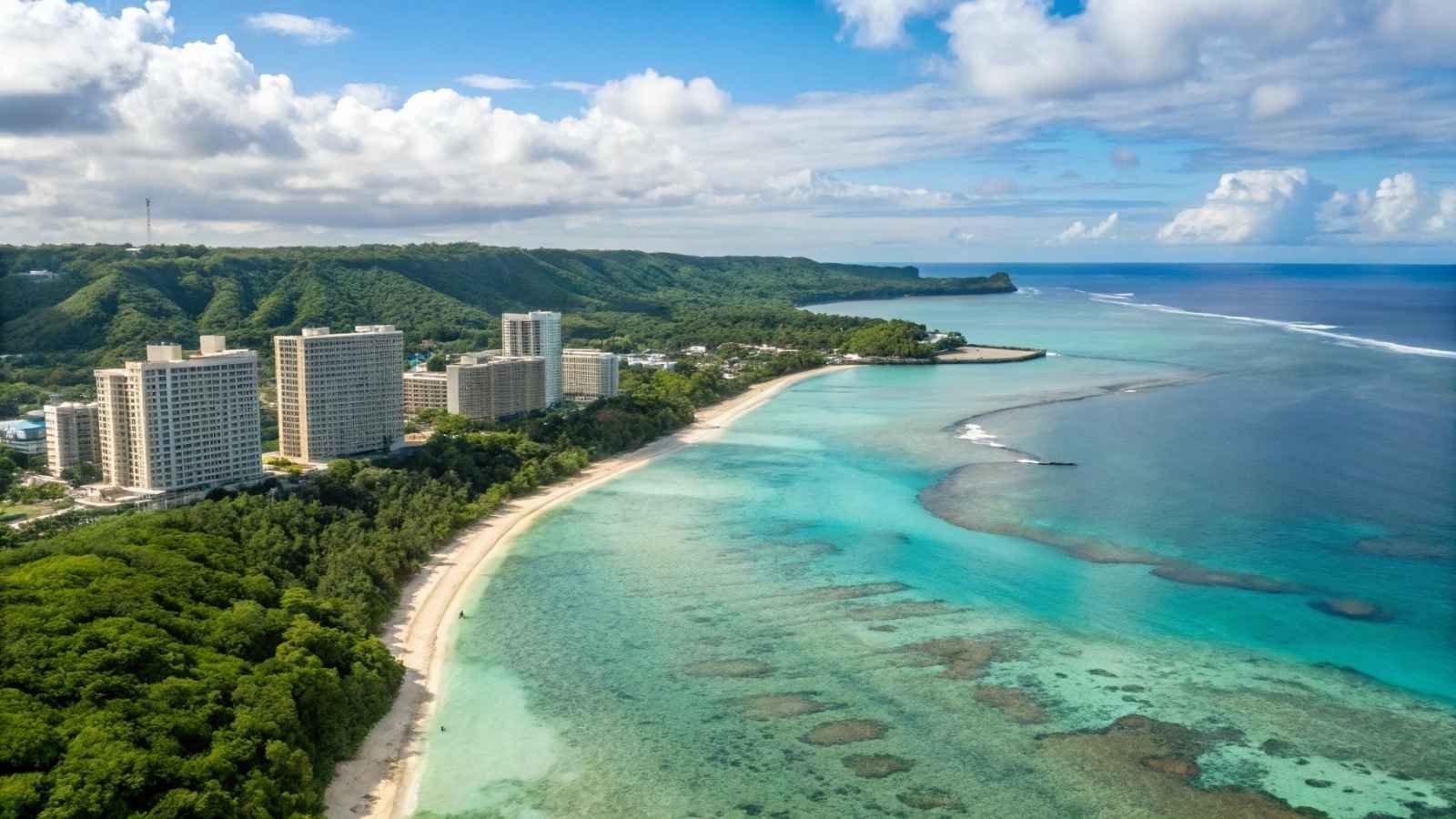
In the western Pacific Guam is an important U.S. territory with a blend of American, Micronesian, and Asian cultures, both scenic and economical.
Live or work here, and there is no visa or passport required for Americans, a true “move-and-go” destination.
Now although the island is pretty small — it is less than 30 miles long — it really holds it weight. Vivid: world class diving, tranquil beaches, ancient Chamorro culture and even American chain stores Kmart and Home Depot. The military presence is strong, but that brings economic stability and solid infrastructure.
Living in Guam can be more expensive due to shipping costs, but housing allowances and island stipends help if you’re working in education or with government contracts. And the sunsets over Tumon Bay? Worth every penny.
Good to know:
- Best Months to Visit: January to May (dry season)
- Time Zone: 15 hours ahead of Eastern Time
- Primary Language: English and Chamorro
- Cost of Living: Moderate to high
- Military & Civilian Opportunities: Abundant, especially in healthcare, education, and logistics
4. Northern Mariana Islands
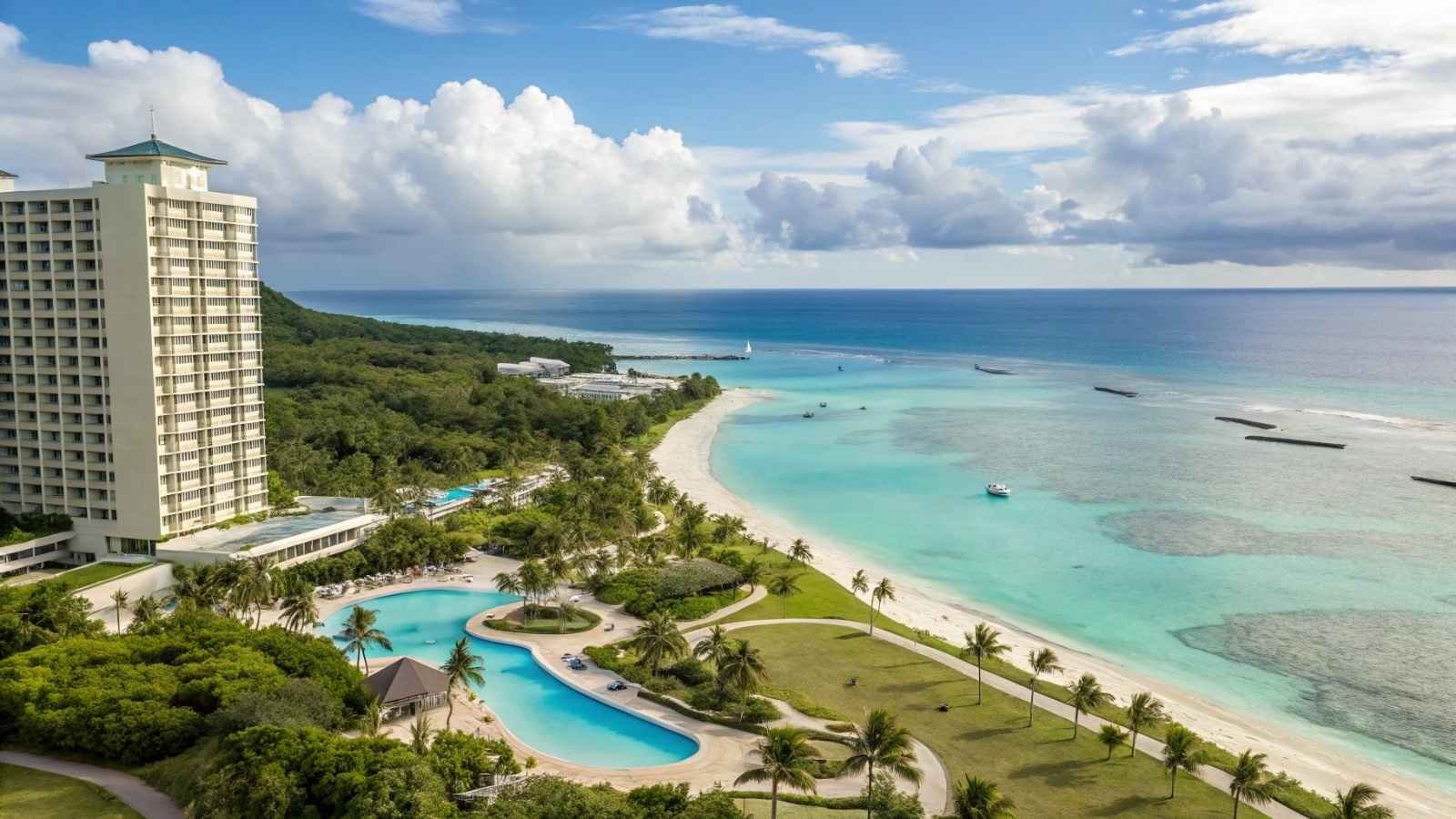
Saipan — The Northern Mariana Islands (NMIs), aside from being a more tourist-quiet place overall, the NMIs, i.e, not so often travelled-to destination, have a lot in common (I.e, being overlooked gems) with Micronesia under the big umbrella of Mariana. Even though these islands are technically a U.S. commonwealth, they are now U.S sovereign, and as such, American citizens have been able to live and work here immigration free.
Saipan is the hub, offering a mix of local Chamorro and Carolinian cultures with Japanese and Korean influences. It’s quiet, with a distinctly local rhythm, but not without modern touches—there are American schools, U.S. postal service, and even some fast food chains.
The real charm? Pristine beaches, minimal traffic, and an incredibly low crime rate. It’s one of those places where you can unplug without going completely off-grid. For those interested in diving, hiking, or working in education or hospitality, the Marianas could be a dream.
Good to know:
- Best Months to Visit: December to June
- Currency: U.S. Dollar
- Job Market: Mainly tourism, hospitality, and government services
- Healthcare: Limited—major care may require travel to Guam or Hawaii
- Vibe: Slower, community-oriented island life
5. American Samoa
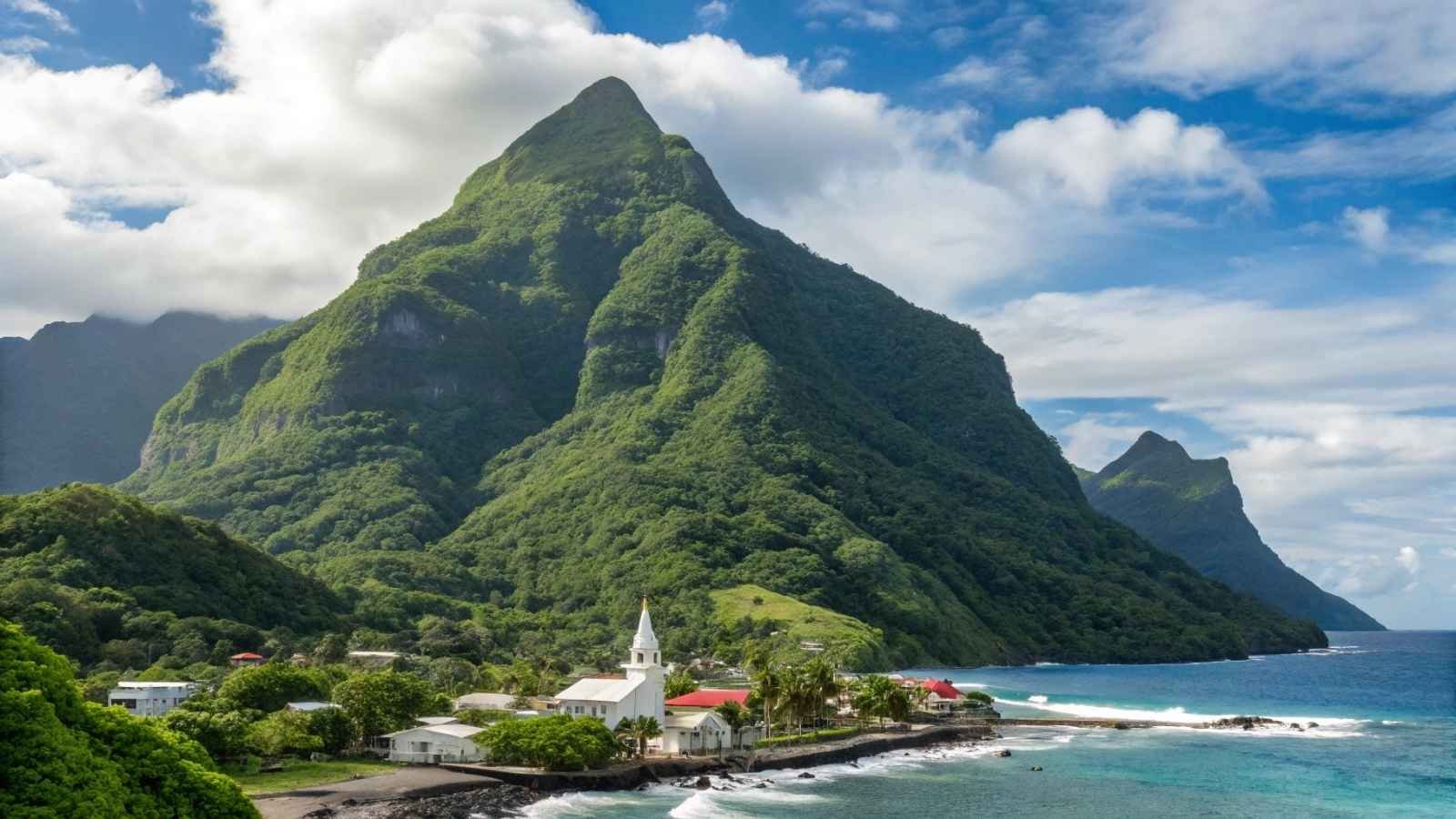
American Samoa is this South Pacific U.S. territory that operates differently from all the others. Native Americans in the U.S. citizens can live here without a visa or passport but there are local customs restrictions on land ownership and employment for visitors also.
It’s not a place for tourists if you’re looking to get deep cultural immersion and live off the beaten path. It is an island with mountains, forests, and plenty of untouched nature for nature lovers and adventure junkies. Samoan is the language of every day life, English is for the most part spoken widely
The common feature is community and “fa’a Samoa” — or the Samoan way of life which is centered on family, respect (both up the chain and across the way) and tradition. If you are ok with adjusting and getting involved, the reality of American Samoa can be mind blowing.
Good to know:
- Best Months to Visit: June to September (less humid)
- Land Ownership: Only native Samoans may own land; long-term leases are an option
- Culture: Strong adherence to traditional customs
- Healthcare: Very limited; serious care requires evacuation
- Cost of Living: Generally lower, but goods are imported
6. Svalbard (Norway)
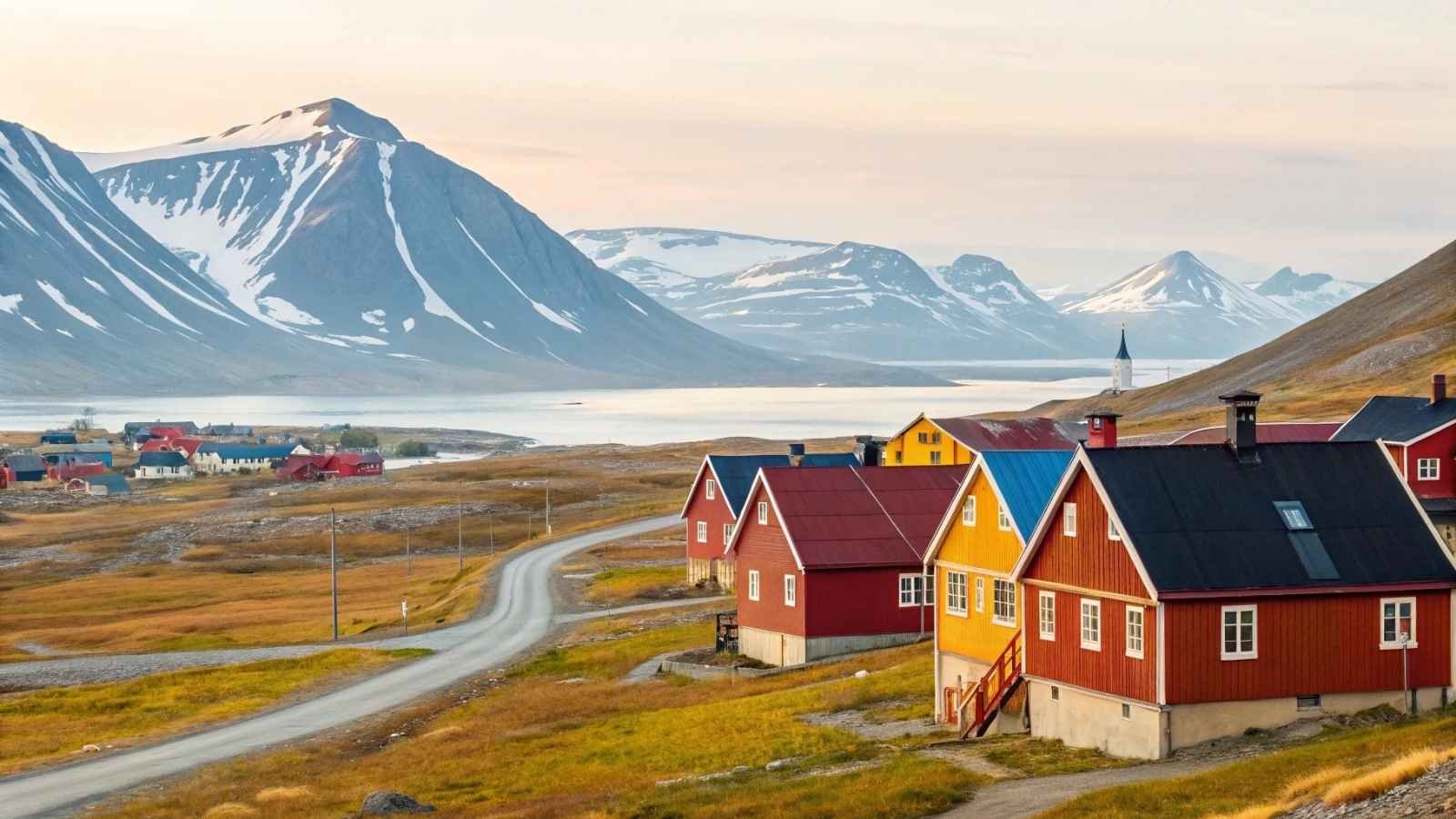
Svalbard might surprise you on this list—it’s a visa-free territory for everyone, including Americans. Technically under Norwegian sovereignty, this Arctic archipelago offers a truly unique experience: polar bears, glaciers, and endless summer days. No visa or passport needed to live here, though getting settled requires a bit of resourcefulness because it’s so remote.
Small, with Longyearbyen being the only town with limited amenities and its very own tight-knit international community. This is a place where research, mining and tourism are the life, but pure isolation combined with natural beauty makes it perfect for those seeking solitude and adventure.
.
Heck, it is definitely not for everyone, the climate and lack of services means you need to be hard nuts and adaptive. However, if you wish to have an adrenaline rush of living at the edge of nowhere without that redundant immigration stuff Svalbard is an interesting solution.
Good to know:
- Best Months to Visit: June to August (milder weather, midnight sun)
- Languages: Norwegian and English are widely spoken
- Cost of Living: High (due to remoteness)
- Healthcare: Basic medical services are available
- Unique: No formal visa required, but residency rules apply
7. Marshall Islands
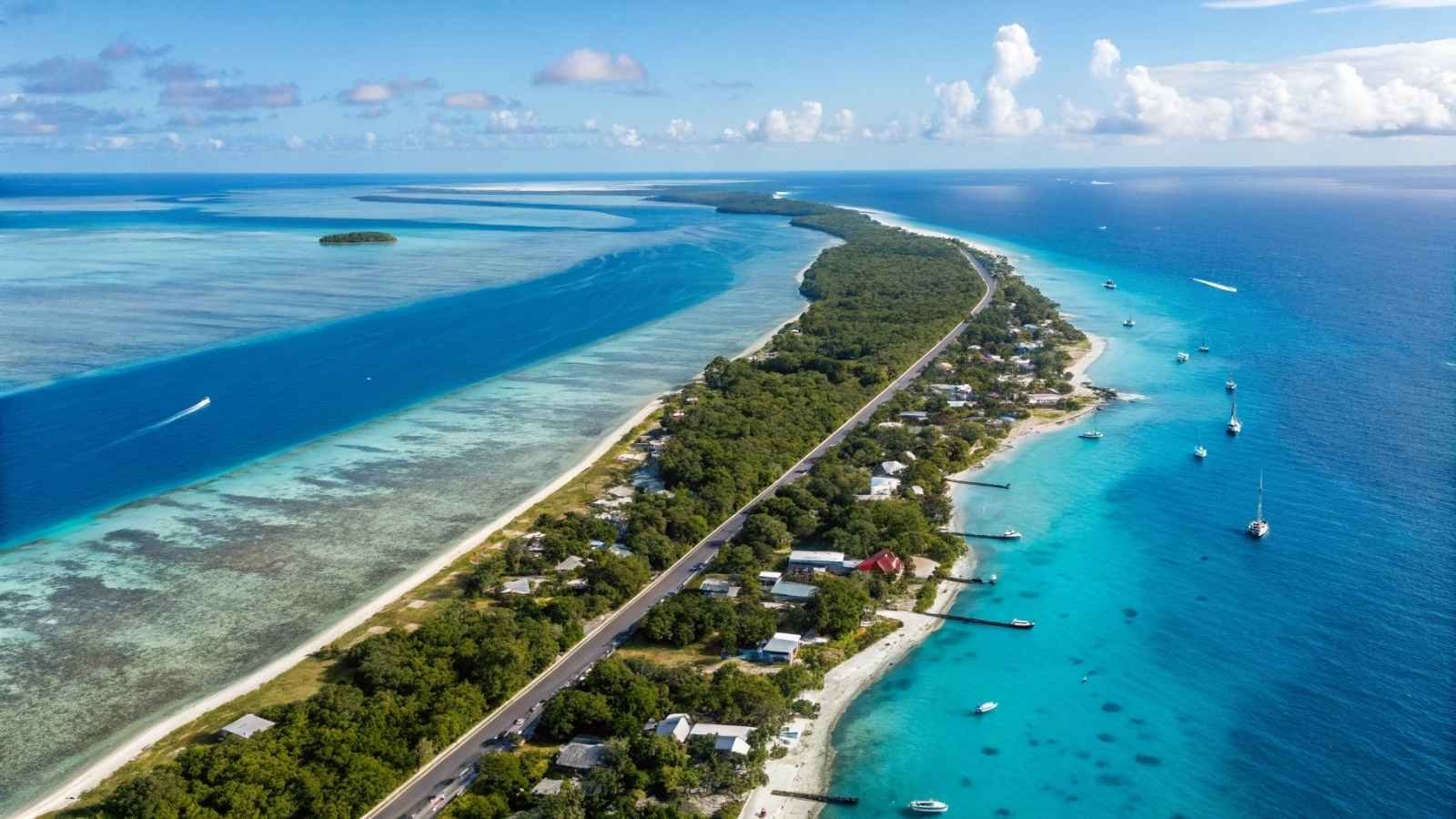
U.S. citizens are welcome in the Marshall Islands, which is a tropical gem of Micronesia and has no visa requirements. Americans Use the Compact of Free Association with the U.S., Americans may live, work, and study hassle-free in the Marshall Islands.
Living here on these islands are laid-back and totally a part of the ocean. Though the crystal-clear lagoons and rich coral reefs are famous among divers, real problems facing the islands include lack of infrastructure and threats from climate change. But, as it is tied so closely to the U. S. it is still a lot easier for Americans to settle here than in many other Pacific nations.
If you’re seeking an island life without complicated immigration, the Marshall Islands could be a hidden gem, especially if you value close community ties and outdoor adventure.
Good to know:
- Best Months to Visit: December to April (dry season)
- Languages: English and Marshallese
- Currency: U.S. Dollar
- Healthcare: Limited, basic facilities only
- Transportation: Small airports and boat travel between islands
8. Micronesia (Federated States of Micronesia)
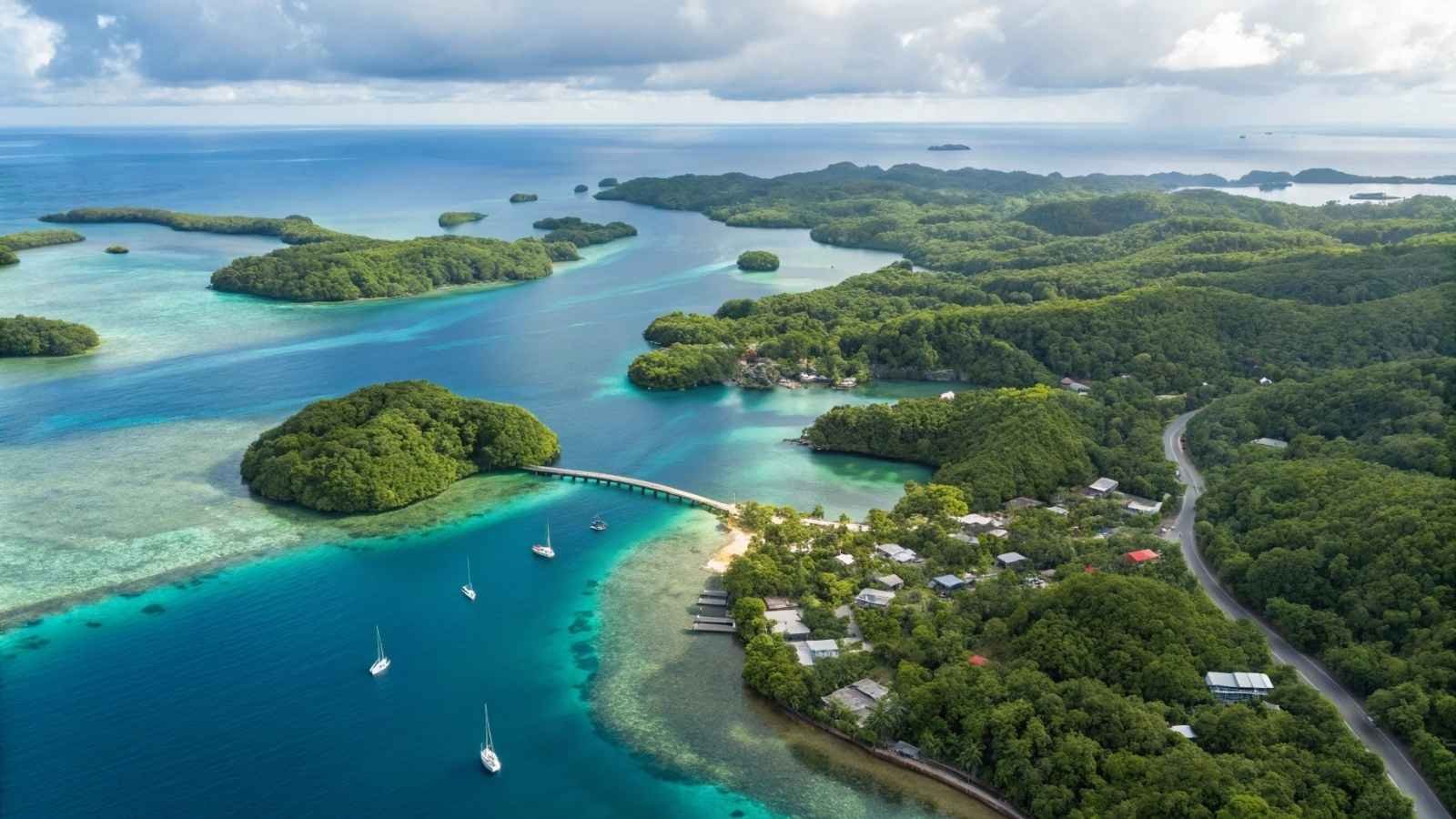
The Federated States of Micronesia is a nice country where the Compact of Free Association with the U.S. allows Americans to move there without all that customary immigration red tape, too. There are over 600 islands in the FSM itself, and an amazing diversity of cultural experiences and natural wonders.
While each state (Yap, Chuuk Pohnpei, and Kosrae) has a different kind of feel, ancient stone ruins or some of the best diving places one can ever remember. Life is slow and easy with few modern amenities but a great community. It is, for a lot of it the inviting nature and cozy local traditions that draw people in.
Living here means embracing simplicity and resilience, but for Americans wanting a passport-free tropical life far from the mainland’s hustle, Micronesia offers something truly special.
Good to know:
- Best Months to Visit: November to April (dry season)
- Languages: English (official), plus local languages
- Cost of Living: Generally low, but imported goods cost more
- Healthcare: Basic, with serious care requiring travel abroad
- Unique: U.S. military presence, but peaceful daily life
9. Palau

The Pacific Island nation of Palau, thanks to the Compact of Free Association with the U.S. gives Americans the ability to live, work and study here without a visa. Palau — the beautiful, clear waters and amazing marine biodiversity — a diver’s paradise.
Calm surroundings and friendly, tight-knit community Palau is all about eco-tourism and sustainable development (although life on island is pretty laid back too). A blend of traditional Micronesian and modern culture the country offers a vibrant cultural melting pot with some of the very best natural scenery on planet earth.
If you crave crystal-clear lagoons, vibrant coral reefs, and hassle-free immigration, Palau’s unique setup makes it a prime choice for American expats seeking island tranquility with a safety net of U.S. ties.
Good to know:
- Best Months to Visit: November to April
- Languages: Palauan and English
- Currency: U.S. Dollar
- Healthcare: Limited facilities; serious issues require travel abroad
- Lifestyle: Eco-conscious with strong cultural roots
10. Albania
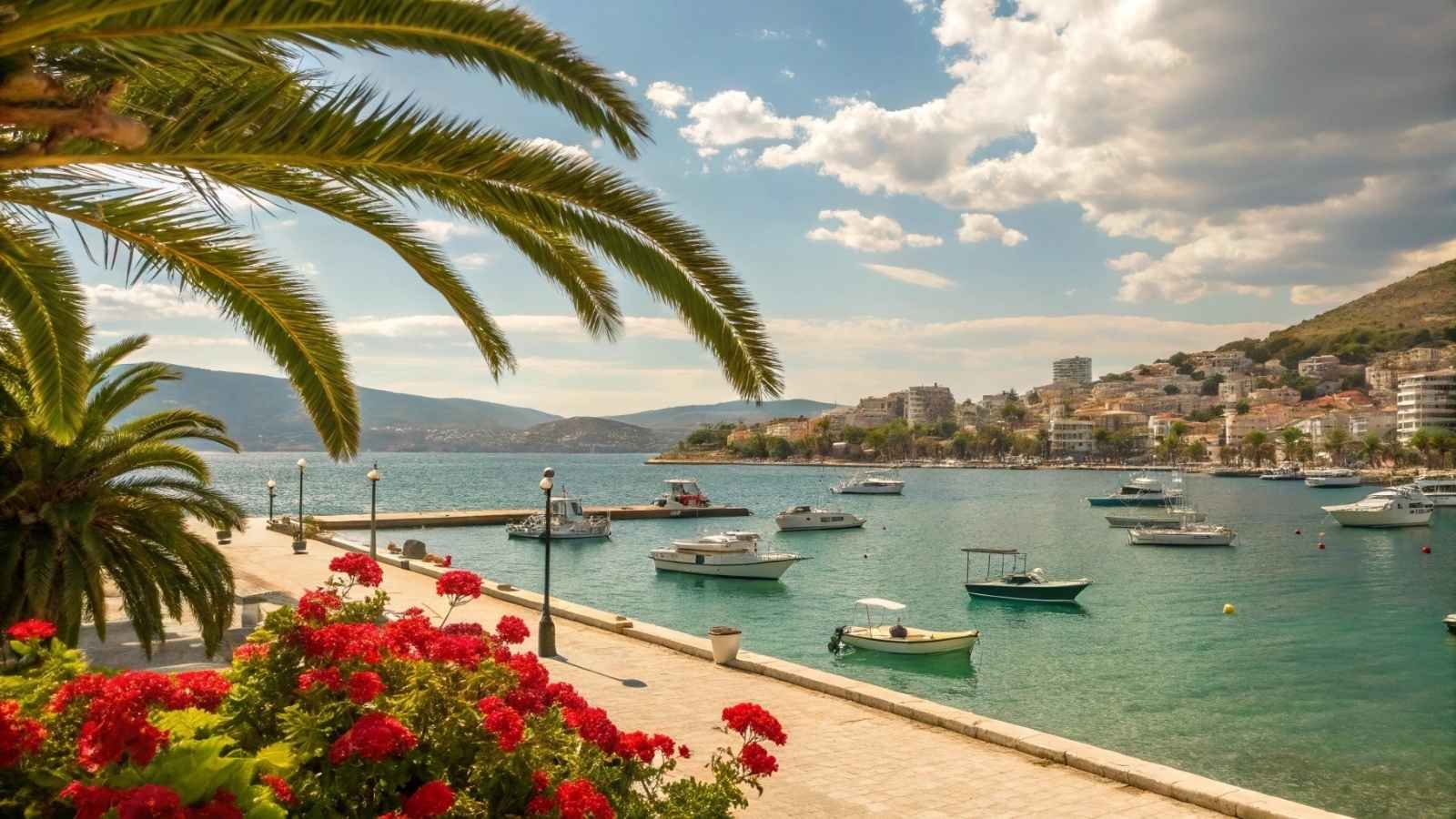
Rounding out the list is Albania, a European country that doesn’t require Americans to have a visa for stays up to one year, effectively passport-free for longer visits. While technically not a territory, Albania’s visa-free policy and welcoming environment make it a great spot for Americans wanting an easy transition abroad.
The little Balkan gem with ancient charm, stunning nature and not so high level living costs. Albania has some of the widest culture, cuisine and adventure in a surprising amount thanks to its rugged mountains and beautiful Adriatic beaches. The younger generation are making it easier to integrate due the increasing number of people to speak English.
Not part of the U.S., Albania, despite its short visa waiver duration and low bureaucracy, great people, and amazing scenery, is also worth considering for long-term hassle-free stays.
Good to know:
- Best Months to Visit: May to September
- Languages: Albanian; English increasingly common
- Cost of Living: Very affordable
- Healthcare: Basic to moderate quality; private clinics available
- Unique: No visa needed for stays up to 1 year






